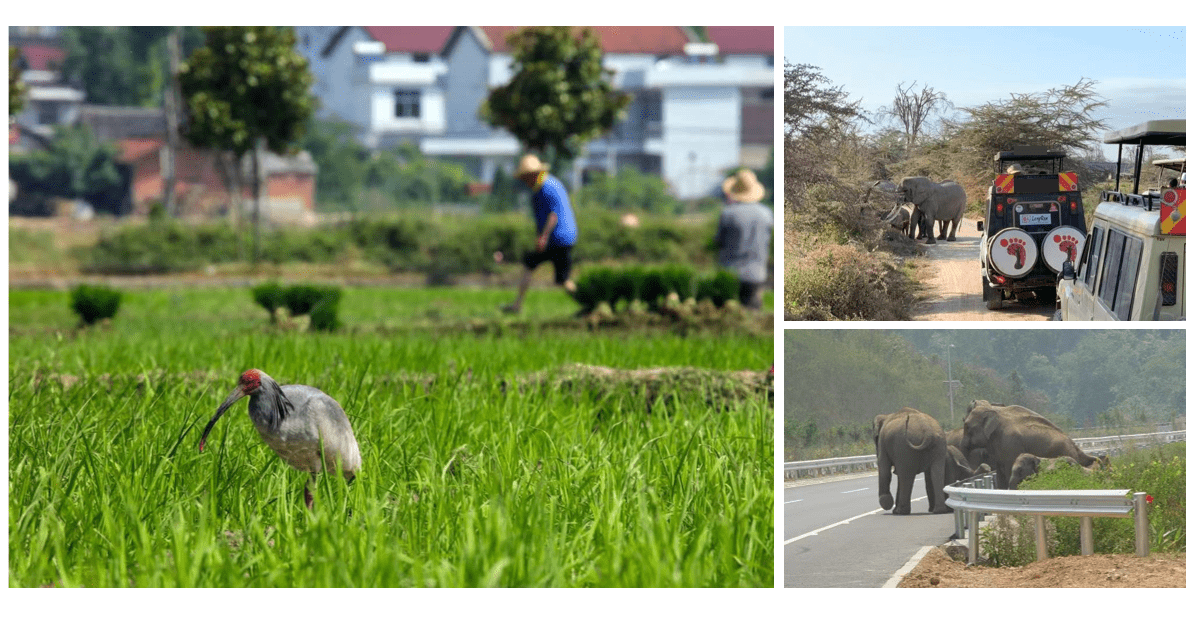- 2.1Impact Factor
- 4.0CiteScore
- 18 daysTime to First Decision
Conflict and Coexistence Between Humans and Wildlife
This special issue belongs to the section “Biodiversity Loss & Dynamics“.
Special Issue Information
Dear Colleagues,
Wildlife population recovery and growth, population migration and dispersion, and the resulting human–wildlife conflicts have become globally recognized issues and formidable challenges. Over the past 30 years, there has been significant development in both theoretical research and mitigation strategies regarding human–wildlife conflicts and coexistence mechanisms; however, amidst the continuously changing global social and natural landscapes, wildlife migration routes, patterns, and mechanisms remain insufficiently understood. Moreover, the exacerbation of conflicts between humans and wildlife, triggered by wildlife population growth and migration, has attracted considerable social and public attention. Therefore, there is an urgent need to strengthen research on the mechanisms and patterns of wildlife population growth and migration dispersion, establish a warning system for human–wildlife conflicts, and develop conflict mitigation techniques to achieve harmonious coexistence between humans and wildlife.
This Special Issue solicits high-quality research related, but not limited to, the following themes:
- The impact of anthropogenic disturbances on wildlife populations;
- Wildlife population dynamics and habitat preferences;
- Theories and methods for mitigating human–wildlife conflicts;
- Conservation and restoration of wildlife populations.
Prof. Dr. Li Zhang
Guest Editor
Manuscript Submission Information
Manuscripts should be submitted online at www.mdpi.com by registering and logging in to this website. Once you are registered, click here to go to the submission form. Manuscripts can be submitted until the deadline. All submissions that pass pre-check are peer-reviewed. Accepted papers will be published continuously in the journal (as soon as accepted) and will be listed together on the special issue website. Research articles, review articles as well as short communications are invited. For planned papers, a title and short abstract (about 250 words) can be sent to the Editorial Office for assessment.
Submitted manuscripts should not have been published previously, nor be under consideration for publication elsewhere (except conference proceedings papers). All manuscripts are thoroughly refereed through a single-blind peer-review process. A guide for authors and other relevant information for submission of manuscripts is available on the Instructions for Authors page. Diversity is an international peer-reviewed open access monthly journal published by MDPI.
Please visit the Instructions for Authors page before submitting a manuscript. The Article Processing Charge (APC) for publication in this open access journal is 2100 CHF (Swiss Francs). Submitted papers should be well formatted and use good English. Authors may use MDPI's English editing service prior to publication or during author revisions.
Keywords
- wildlife conservation
- human–wildlife conflicts
- population dynamics
- mitigation strategies

Benefits of Publishing in a Special Issue
- Ease of navigation: Grouping papers by topic helps scholars navigate broad scope journals more efficiently.
- Greater discoverability: Special Issues support the reach and impact of scientific research. Articles in Special Issues are more discoverable and cited more frequently.
- Expansion of research network: Special Issues facilitate connections among authors, fostering scientific collaborations.
- External promotion: Articles in Special Issues are often promoted through the journal's social media, increasing their visibility.
- e-Book format: Special Issues with more than 10 articles can be published as dedicated e-books, ensuring wide and rapid dissemination.

